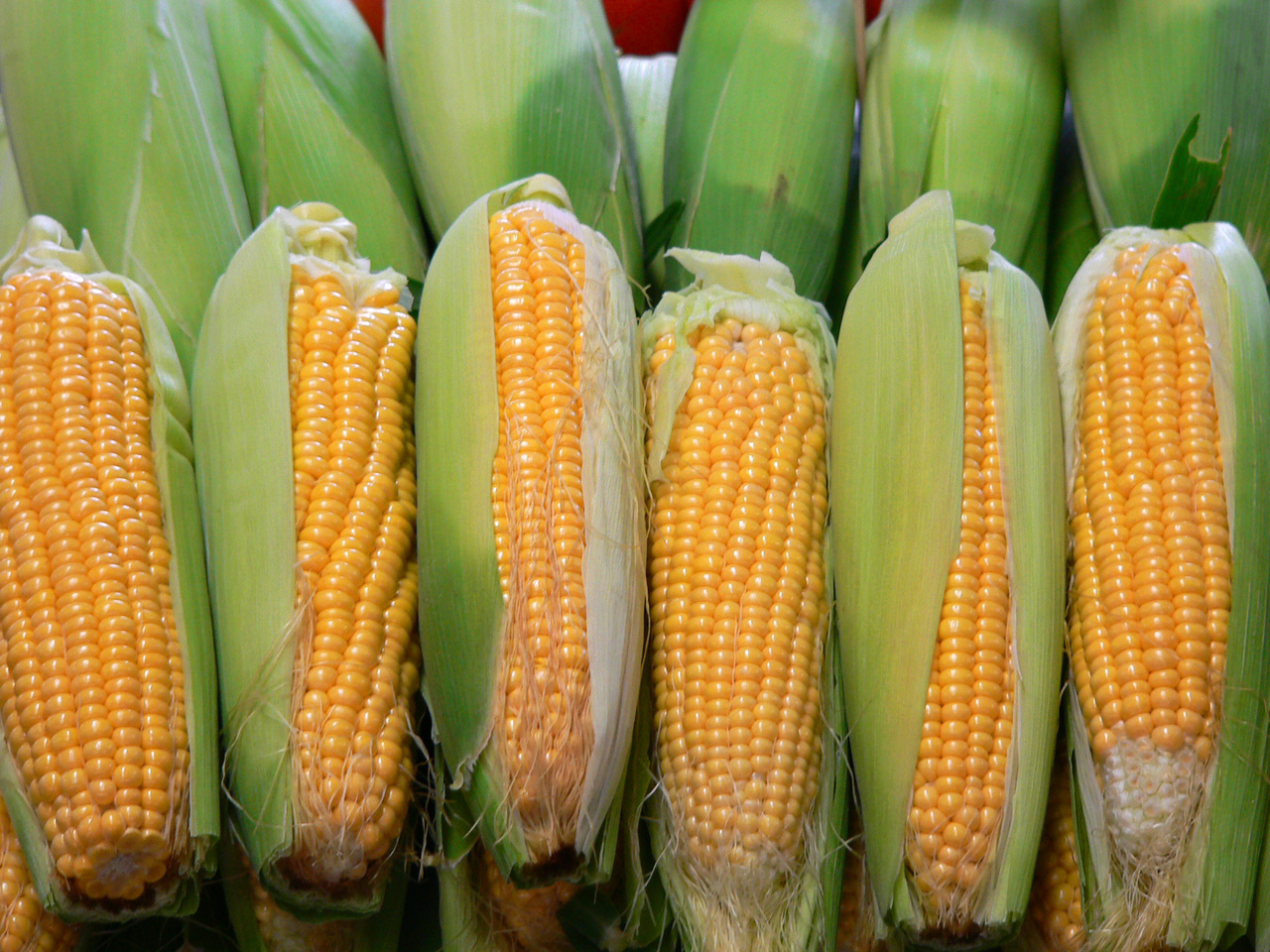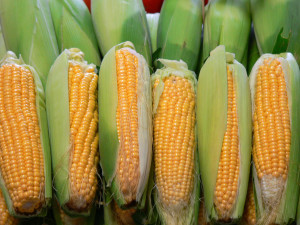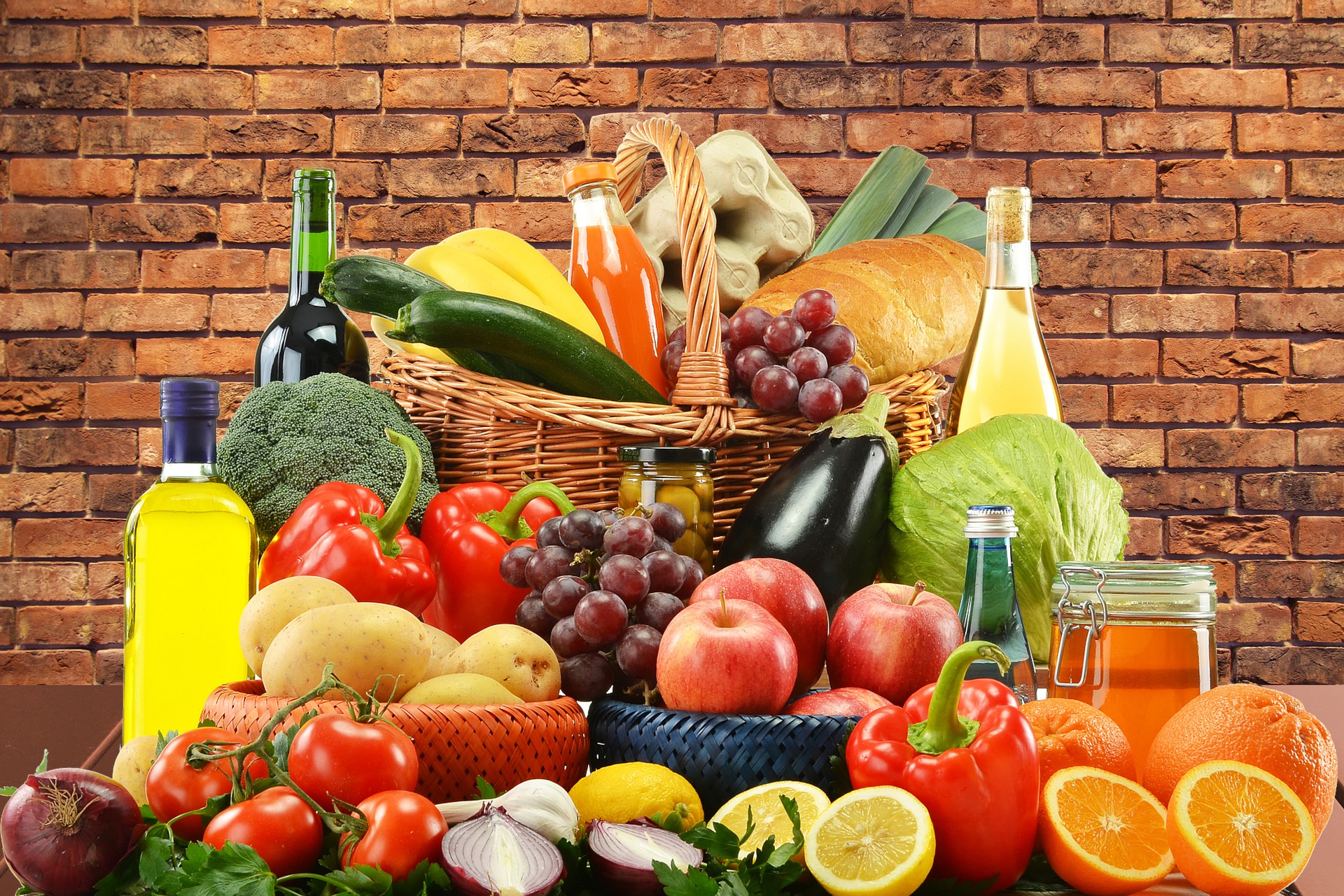
SICKLE CELL AND SWEET CORN
Photo by Anja Ranneberg from FreeImages
Also known as maize (Zea mays), corn is one of the world’s most popular cereal grains. Popcorn and sweet corn are popular varieties too.
Sweet corn is one of the most popular vegetables. It is loved by adults and children alike because of its sweet flavor. This vegetable, although being sweet and delicious, is a great source or many vitamins and minerals. According to WHFoods.org, sweet corn is very rich in vitamin B1, vitamin B5, vitamin C, phosphorus, manganese, folate and dietary fibre. Because of the vitamins contained in sweet corn, many health benefits can be associated with the consumption of this delicious vegetable.
Whole-grain corn is as healthy as any cereal grain, as it’s rich in fibre and many vitamins, minerals, and antioxidants. Corn may contain a fair amount of several vitamins and minerals. Notably, the amount is highly variable depending on the corn type.
In general, popcorn is rich in minerals, whereas sweet corn is higher in many vitamins. Like all cereal grains, corn is primarily composed of carbs. Corn contains a fair amount of fibre. Corn is a decent source of protein.
According to AusFoodNews.com.au, sweet corn contains the antioxidant zeaxanthin. Zeaxanthin is the yellow pigment that naturally occurs in sweet corn. Consumption of zeaxanthin can have a protective effect against age-related eye diseases such as macular degeneration.
Corn is higher in protein than many other vegetables, making it a good choice for vegetarians and vegans, or for people hoping to eat more protein from non-animal sources.
Corn contains a lot of vitamin B12, iron, and folic acid. The deficiency of these nutrients can cause anemia. So, eating sweet corn can prevent anemia.
Affordability
Producers can grow corn easily and quickly in many different regions of the world. Hybridization and domestication have made corn even easier to grow, making corn an affordable commodity.
For people with very low incomes, especially those living in developing nations, corn is a cheap and ready source of calories, carbohydrates, and protein.
Popcorn
This popular snack boasts several vitamins and minerals, including:
- Manganese. An essential trace element, manganese occurs in high amounts in whole grains, legumes, fruits, and vegetables.
- Phosphorus. Found in decent amounts in both popcorn and sweet corn, phosphorus is a mineral that plays an important role in the growth and maintenance of body tissues.
- Magnesium. Poor levels of this important mineral may increase your risk of many chronic illnesses.
- Zinc. This trace element has many essential functions in your body.
- Copper. An antioxidant trace element, copper is generally low in the Western diet. Inadequate intake may have adverse effects on heart health.
Sweet corn
Sweet corn boasts a number of vitamins, including:
- Pantothenic acid. Also called vitamin B5, this acid is found to some extent in nearly all foods. Thus, deficiency is rare.
- Folate. Also known as vitamin B9 or folic acid, folate is an essential nutrient.
- Vitamin B6. B6 is a class of related vitamins, the most common of which is pyridoxine. It serves various functions in your body.
- Niacin. Also called vitamin B3, niacin in corn is not well absorbed. Cooking corn with lime can make this nutrient more available for absorption.
- Potassium. An essential nutrient, potassium is important for blood pressure control and may improve heart health.
Regular whole-grain intake may have a number of health benefits.
Eye health
Macular degeneration and cataracts are among the world’s most common visual impairments and major causes of blindness.
Corn is high in cellulose, which is an insoluble fiber that the body cannot digest. However, the body breaks down the other components of corn. Chewing corn for longer can also help the digestive system break down cellulose walls to access more of the nutrients.
Some people confuse corn with HFCS, which is a sugar. Corn does contain naturally occurring sugars, but the amounts are comparable with those present in other starchy vegetables, although slightly higher.
www.eatingwell.com
www.livestrong.com
www.medicalnewstoday.com







